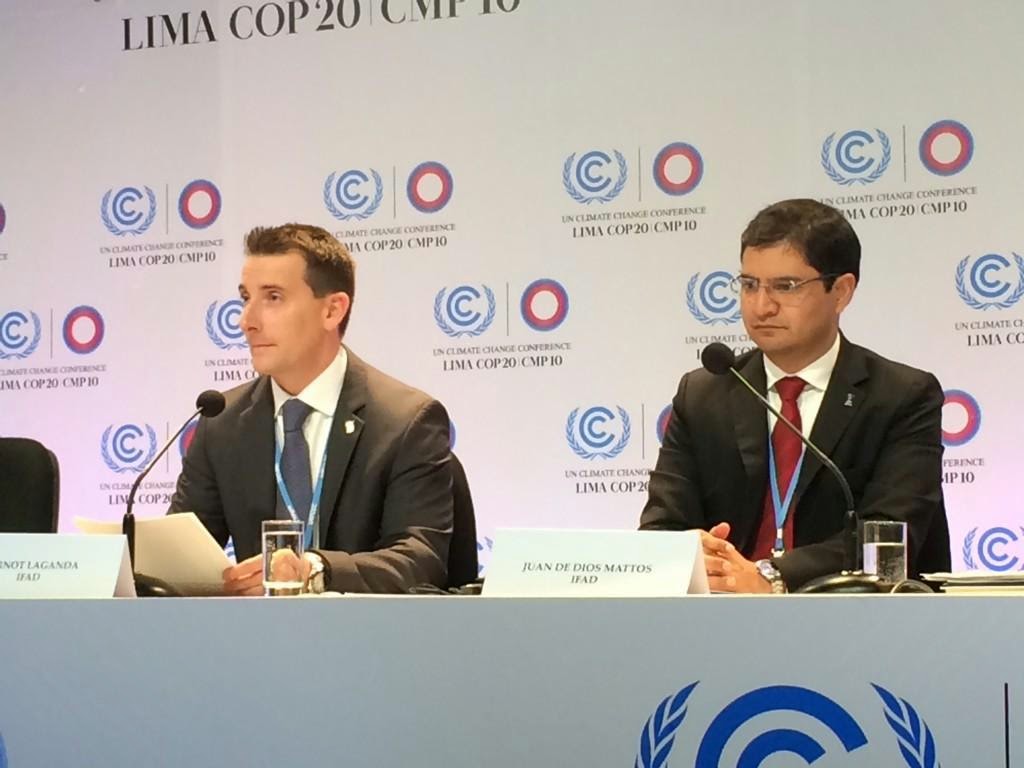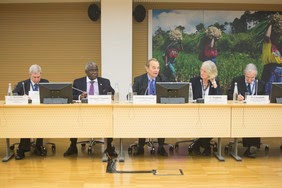“The stage has been set, now we must fill it with content,” said Manuel Pulgar Vidal, Peru’s Environment Minister, at the opening of the United Nations Framework Convention on Climate Change (UNFCCC) 20th Conference of Parties (COP20).
In the lead up to this event, which is the apex of all international climate fora, the expectations for action on climate change have been high. What a difference a year can make. At COP19 in Warsaw last November, any prospect of advancing an international climate treaty was considered dead on arrival. And while some incremental progress was made on establishing the structures of the Green Climate Fund (GCF) and the REDD+ mechanism, the Warsaw conference was slow to find a common cause to fight climate change.
In contrast, the mood here in Lima is remarkably optimistic that a draft climate deal can be produced ahead of 2015, when countries will be expected to sign up in Paris. This is largely due to what Vidal termed, “positive and diverse” signals in his opening address. By this he referred to the unprecedented announcement a few weeks ago by President Obama and President Xi Jinping of China committing the world’s two largest carbon polluters to emission cuts. The United States has pledged to reduce 30 percent of their emissions by 2025 (based on 2005 levels); while China will begin draw down after 2030. The European Union has gone even further by committing to a 40 percent reduction by 2030 (based on 1990 levels). The momentum this has spurred can not be overstated. For the first time in twenty years, indeed since these negotiations began, the countries most responsible for climate change have come to this process with their own domestic climate change policies in place.
In her role as UNFCCC Executive Secretary, Christiana Figueres addressed the conference and challenged delegates to raise the level of ambition so that over the long-term the human race might achieve climate neutrality. She alluded to the geoglyphs of the ancient Nazca people of southern Peru. Their mysterious lines, which depict monkeys, spiders, hummingbirds and condors hint at the worldview of a culture that lived in sustainable coexistence with nature. “We must strive to emulate the Nazca people, and carve out our own contours for climate acton,” Figueres said.
Dr. Rajendra Kumar Pachauri, the IPCC chairperson also made a presentation that took on a more sombre tone. Armed with conclusive findings from the IPCC’s recently released climate change synthesis report, his message was clear: the longer we forestall mitigation and adaptation measures, the more intractable our climate problems will become. According to Pachuari, a relatively simple calculation reveals that 65 percent of our carbon budget has already been used if we are to remain below 2 degree celsius warming. The window for climate action is rapidly closing, he warned.
For IFAD, it is important to recognize that while the energy sector represents 35.6 percent of all carbon emissions, agriculture is the second-largest contributor with 24 percent. Halting the pernicious trend of deforestation for agricultural expansion is one of the best ways of maintaining earth’s vital carbon sinks and conserving biodiversity.
Negotiators in Lima expect that by March 2015, governments will make announcements that are aligned with the targets set by the United States and China. But in the meantime, the outcomes of COP20 will provide a decisive indication as to whether country leaders are now ready to exercise the political will that is sorely needed in order to cut their emissions and avoid ruinous climate consequences in our time.











